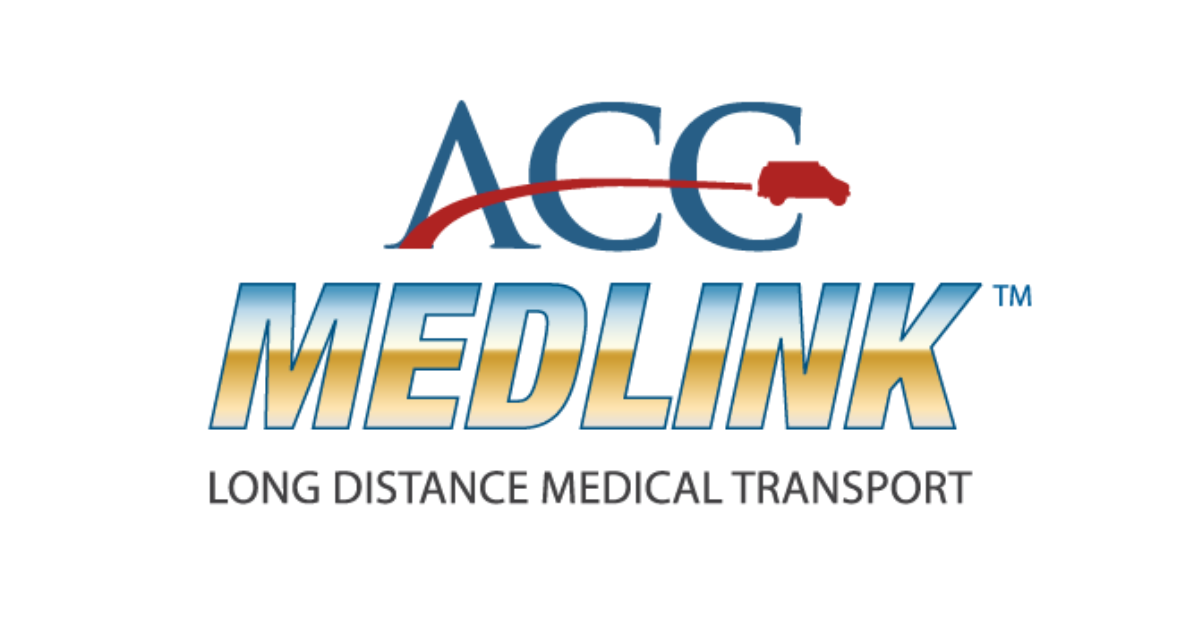Air Medical Transportation: A Brief Overview, Merits, Challenges & The Future’
A publication by the United Nations in 2019 revealed that over 703 million people are above 65. By 2050, according to their analysis, the figure will rise to 1.5 billion. This group is more susceptible to life-threatening and chronic diseases.
An increase in their population will further upsurge the already increasing rate of chronic diseases like cardiovascular diseases, cancer, and diabetes, leading to higher demand for medical services, including transport medical services.
Because these chronic diseases usually occur as emergency cases and require the attention of a specialist, there is a need for a means to transfer patients quickly to where they will receive proper medical attention, hence the importance of air medical transport. This transportation type uses fixed-wing (airplane) and rotary-wing (helicopter) aircraft to relocate patients, thereby boycotting the challenges faced by road ambulances.
The increase in demand for medical aircraft will boost the size of the air ambulance services market. As of 2019, the market size was USD 4,476.9 million, and this will increase to USD 8773.6 million by 2027, as revealed by this report. Of the two types of aircraft, the rotary-wing is forecasted to be in higher demand, as was seen during the coronavirus pandemic.
Advantages/Challenges
The significant advantage of air transportation against land transportation is its speed, a critical factor in emergencies. Also, it helps to avoid bad roads and heavy traffic situations.
On the other hand, air medical transport’s hindrances range from the higher cost of operation and maintenance to its sensitivity to weather conditions, especially the rotary-wing aircraft. More so, air transport is a riskier option than land. This study revealed that between 1992 to 2011 (20 years), there were about 4500 ambulance accidents, 29 of which led to fatal injuries. However, between 1998 to 2008 (10 years), there were 146 helicopter accidents, 50 (34%), leading to deadly injuries.
The Future
A Canadian engineer and innovator, Charles Bombardier, created over 360 futuristic aero designs, proposed an idea to the International Civil Aviation Organization (ICAO). The idea is a flying ambulance, The Ambular, developed from his previous concepts of an autonomous twin-track motorized stretcher powered by two hydraulic motors that could bring down wounded patients from mountains, and an autonomous motorbike with a stretcher that transports patients faster.
The Ambular is designed to navigate tight and difficult urban areas with the aid of an AI. The aim is, if an accident occurs, people can request an ambulance service from the closest paramedic, who boards the aircraft, which then carries them to the accident scene. Skilled pilots in the command center would remotely control the aircraft. The Ambular project was born in 2018 and is a work in progress.
Conclusion
With continuous advancements in technology and an accompanying increase in health emergencies and complications, air medical transport has come to stay in modern medicine. Though not completely free of obstacles, innovations like Ambular, which beats the weather challenge by flying at a much lower altitude, are moving in the right direction. The advantages of air medical transportation are far higher compared to land in the context of emergencies.
